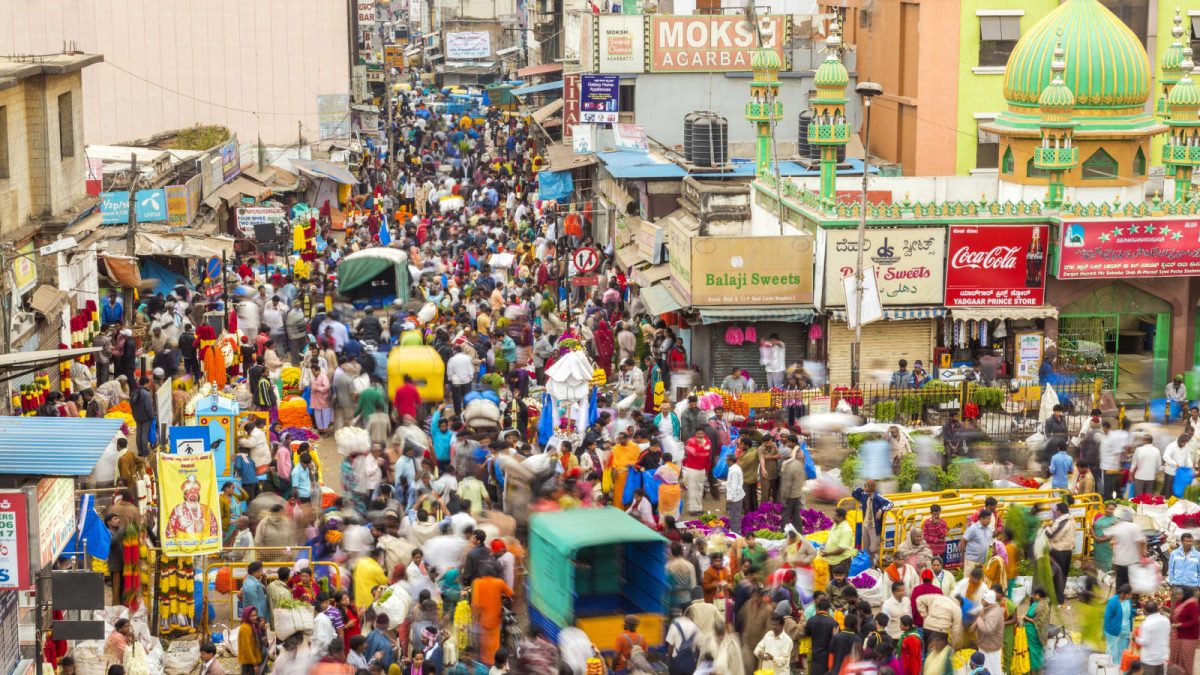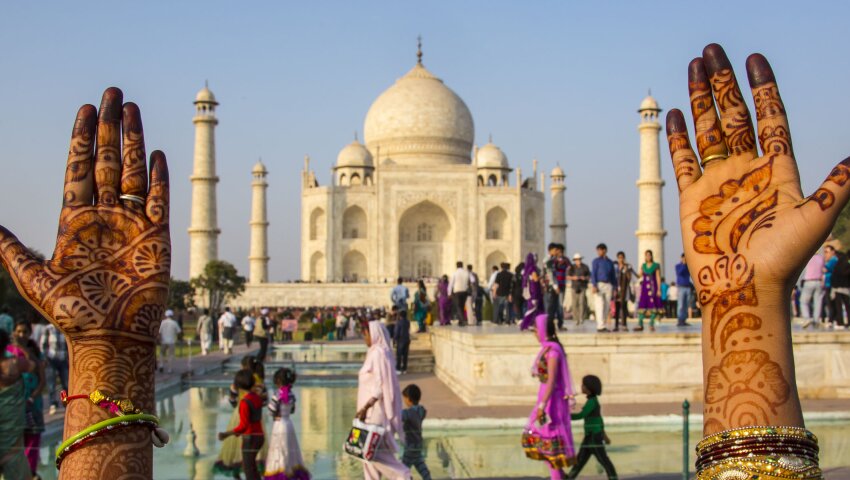India surpasses China as the most populous nation.

According to mid-2023 projections by the UN’s World Population dashboard, India’s population exceeded 1.4286 billion, just overtaking China’s 1.4257 billion citizens. The data revealed that Taiwan, Hong Kong, Macau, and Special Administrative Regions of China are not included in China’s statistics.
As the country transitions away from agriculture jobs, the growing population will make it even more urgent for Prime Minister Narendra Modi’s administration to find opportunities for the millions of individuals joining the workforce. In the upcoming years, India, a country with a population that is half under 30 years old, is predicted to have the world’s fastest-growing major economy.
“India’s story is a powerful one. It is a story oAccording to mid-2023 projections by the UN’s World Population dashboard, India’s population exceeded 1.4286 billion, just overtaking China’s 1.4257 billion citizens. The data revealed that Taiwan, Hong Kong, Macau, and Special Administrative Regions of China are not included in China’s statistics.f progress in education, public health and sanitation, economic development as well as technological advancements,” said Andrea Wojnar, Representative United Nations Population Fund India and Country Director Bhutan on State of the World Population Report.
India has outpaced China since 1974.
India seized the top spot as it added about 23 million babies in 2022, while China’s population started shrinking for first time in six decades with about 9.56 million newborns last year.
“I want to tell you that population dividends don’t only depend on quantity but also on quality,” Chinese Foreign Ministry spokesman Wang Wenbin said on Wednesday in Beijing. “China’s population is over 1.4 billion. As Premier Li Qiang pointed out, our population dividend has not disappeared, our talent dividend is forming and the impetus for development is strong.”
Overall, the world’s population is growing at its slowest rate since 1950, and the previous UN projections show it could grow to around 8.5 billion in 2030 from 8 billion last year and touch 9.7 billion in 2050, before peaking at around 10.4 billion in the 2080s and remaining there until 2100.
The UN estimates that more than half of the projected increase in the global population between 2022 and 2050 to be concentrated in just eight countries: the Congo, Egypt, Ethiopia, India, Nigeria, Pakistan, the Philippines and Tanzania.






